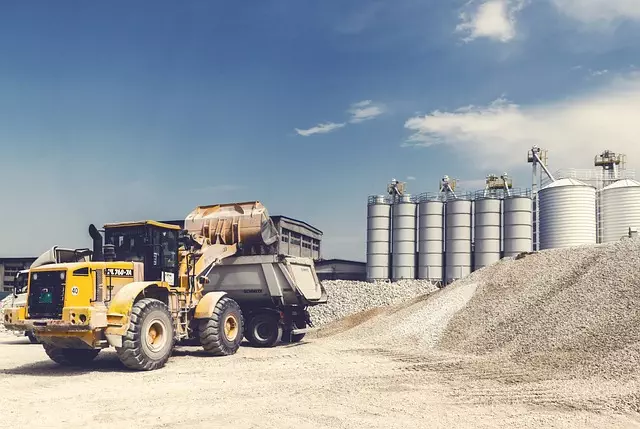Industrial hygiene is crucial for manufacturing ergonomics, focusing on identifying, assessing, and mitigating workplace hazards like noise, chemical exposure, and repetitive motion tasks. Hazard recognition and assessment (HRA), coupled with exposure monitoring, involves systematic evaluations of physical, chemical, biological, and ergonomic factors to create safer work conditions. This proactive approach reduces occupational diseases, enhances productivity, and fosters a culture of safety and wellness by controlling workplace hazards effectively.
“In today’s competitive manufacturing landscape, prioritizing worker safety through ergonomics is not just a moral imperative but a strategic necessity. This article explores the intricate relationship between industrial hygiene and manufacturing ergonomics, focusing on key components like hazard recognition and assessment and exposure monitoring. By understanding these elements, manufacturers can identify and mitigate risks effectively, fostering a safer, more productive environment.”
- Understanding Industrial Hygiene: The Cornerstone of Manufacturing Ergonomics
- Hazard Recognition and Assessment: Identifying and Mitigating Risks in the Workplace
- Exposure Monitoring: Tracking and Controlling Hazards for Optimal Worker Safety
Understanding Industrial Hygiene: The Cornerstone of Manufacturing Ergonomics
In the realm of manufacturing ergonomics, Industrial Hygiene stands as a cornerstone, encompassing the science of recognizing, assessing, and controlling workplace hazards. It involves understanding how various factors in the industrial environment can impact workers’ health and well-being. By implementing robust industrial hygiene practices, manufacturers can create safer and healthier work conditions. This includes identifying potential risks such as noise, chemical exposure, or repetitive motion tasks that could lead to ergonomic issues.
Effective industrial hygiene protocols involve regular exposure monitoring to gauge worker exposure levels to hazardous substances and assess the overall workplace environment. Such proactive measures ensure that any identified hazards are promptly addressed. Through comprehensive hazard recognition and assessment, manufacturers can design ergonomically sound work stations and implement tailored solutions to minimize physical strains on workers, thereby enhancing productivity while safeguarding their health in today’s industrial landscape.
Hazard Recognition and Assessment: Identifying and Mitigating Risks in the Workplace
In manufacturing environments, Hazard Recognition and Assessment (HRA) is a critical process for identifying and mitigating risks that can cause harm to workers. It involves a systematic approach to evaluate various hazards present in the workplace, such as physical, chemical, biological, and ergonomic factors. By recognizing these hazards early, manufacturers can implement effective control measures to reduce or eliminate potential exposure and create a safer working environment. Industrial hygiene plays a pivotal role here by focusing on minimizing risks related to air quality, noise, temperature, and other environmental factors that could lead to health issues over time.
Exposure monitoring is another key aspect of HRA. It involves measuring and assessing workers’ exposure levels to hazardous substances or conditions, ensuring compliance with safety standards. Regular monitoring helps identify areas where controls might be needed, allowing manufacturers to take proactive steps to protect their workforce. This process not only reduces the risk of occupational diseases but also fosters a culture of safety and wellness within the organization, ultimately contributing to improved productivity and employee satisfaction.
Exposure Monitoring: Tracking and Controlling Hazards for Optimal Worker Safety
In manufacturing environments, exposure monitoring is a critical component of maintaining optimal worker safety and promoting industrial hygiene. This process involves tracking and controlling various hazards present in the workplace to prevent long-term health issues among employees. By implementing effective exposure monitoring strategies, manufacturers can ensure that workers are not excessively exposed to dangerous substances or conditions over time. It includes regularly assessing factors such as noise levels, chemical vapors, dust particles, and ergonomic risks.
Through systematic hazard recognition and assessment, companies can identify potential sources of exposure and take proactive measures. This involves conducting thorough inspections, collecting air quality samples, and utilizing advanced monitoring devices to measure worker exposure levels. By staying vigilant and continuously reviewing these data, manufacturers can quickly identify trends, pinpoint areas of concern, and make informed decisions to mitigate risks. Such efforts contribute to fostering a safer and healthier work environment while aligning with the broader goals of industrial hygiene practices.


